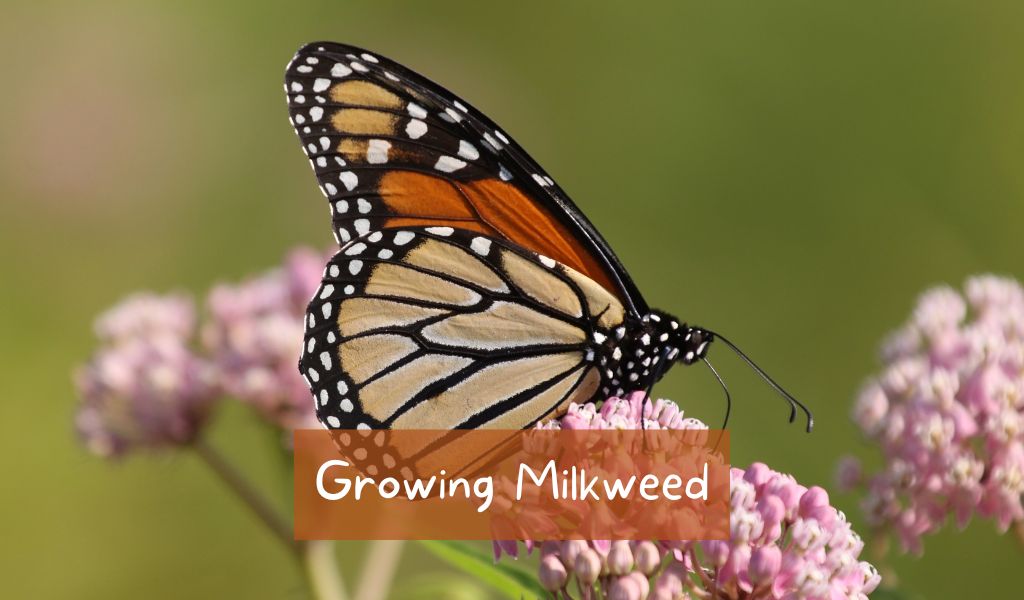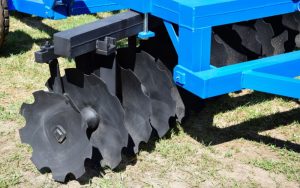Milkweed is a beautiful and beneficial plant that grows in many parts of the world.
It can be used to make medicine, dye fabric, and more.
In this article, you will learn how to grow milkweed plants from seeds or pods, how to care for them, when and how to harvest them, and recipes for using them.
You can grow milkweed from either seeds or pods. Sow the seeds in early spring, and thin the seedlings to about 12 inches apart. Keep the soil moist, but not wet. The plants will bloom in late summer or early fall. Pods should be harvested when they are brown and dry.
What is Milkweed and what are its benefits?
Milkweed is a species of perennial herbaceous plants that are part of the Asclepias genus.
The plant’s most distinctive characteristic is its milky sap, which seeps from its stems and leaves when they are damaged or broken.
However, milkweed has much more to offer than its aesthetically pleasing looks. It is widely known as an important source of nectar for bees and butterflies, but there are also many benefits stemming from this resilient plant.
Milkweed contains natural phytochemicals – including cardiac glycosides which makes it effective in helping alleviate heartburn and indigestion symptoms, as well as calming inflammation caused by arthritis.
In addition, research has found that milkweed seed oil may be beneficial in treating various skin conditions such as psoriasis and eczema due to its antibacterial, anti-fungal, anti-viral and antiseptic properties.
So not only does this unique plant help maintain balance in nature’s delicate ecosystem; it also provides many healing uses for humans.

What is the best place to plant Milkweed?
When looking for the best place to plant milkweed, there are several things that should be taken into consideration.
First, milkweed is a plant native to North America and does best in full sun exposure.
When choosing a location for your milkweed plants, look for an area with no shade or trees so the plants can fully reap the benefits of direct sunlight.
Additionally, soil type matters — Milkweed prefers loamy soils with ample organic matter to allow its deep root system better access to nutrients and moisture for healthy growth.
Consider adding compost or organic material prior to planting in order to create an ideal environment for your plants.
Finally, make sure you dig a hole three times bigger than the root ball of each milkweed plant when planting in order to give them space they need to thrive long-term.
When is the best time to plant Milkweed?
The best time to plant milkweed is typically in the spring, shortly after your last frost date.
This will allow for the seeds to germinate relatively quickly and increase the chances of a successful planting.
Because milkweed plants are somewhat delicate, it is important that they be planted in more temperate locations that are not subjected to harsh winds or temperatures for long periods of time.
Additionally, milkweed likes to remain mostly dry and does not do well when planted in places that naturally have continuous moisture.
When choosing a location for milkweed, make sure that it is somewhere where the soil drains quickly and the area can receive at least four hours of direct sunlight each day.
Can you buy Milkweed plants?
It is possible to purchase milkweed plants directly or through several different nurseries.
Buying a live plant provides the benefit of growing healthier plants that attract and sustain Monarch Butterflies, increasing the chance of their survival.
Many nurseries carry two types – native milkweed plants, which are specific to certain geographical regions within the United States, and non-native varieties which are sold all over the country.
Furthermore, many online suppliers provide an even wider selection of both native and exotic varieties for sale.
How to plant Milkweed
Planting milkweed couldn’t really be easier. All that’s required is a sunny area and some soil.
Simply find a spot in the ground to dig your hole, fill it with water and let it settle overnight if possible.
The next day, plant your milkweed seed (or bare-root plant) one inch below the surface of the soil.
Top the hole off with plenty of organic material before patting down and watering. Usually within two weeks to one month you should start seeing signs of new growth.
Keep in mind, however, that not all varieties of milkweed do well in extreme temperatures or arid climates so be sure to purchase a variety that suits your area or put an extra layer of mulch over the top for insulation during cold weather.
Making sure your plants have enough water will help them survive any harsh conditions the season might bring.
How to care for Milkweed plants
Milkweed plants are relatively easy to cultivate and nuture.
Caring for them can be simple as long as they are provided with the right environmental conditions.
They need lots of sunlight and well-drained soil in order to thrive, so it’s important to provide them with a spot where they will get six or more hours of direct light daily.
If the soil drains too slowly or is overly saturated, the roots could rot, which will kill the plant.
When watering the plants it is best to always keep the soil moist rather than allowing it to dry out between waterings.
Additionally, milkweed prefer soil with a slightly acidic pH level and supplemental fertilizer isn’t usually necessary unless growing conditions are poor.
It is also important to avoid using pesticides if possible, as these can have negative impacts on butterfly populations which rely on these plants for food and habitat.
With a little bit of care, milkweed can easily become an attractive addition to your garden with benefits for both your space and the environment.
When and how to harvest Milkweed pods
Milkweed pods can be harvested toward the end of summer and into fall when they are brown and somewhat stiff.
To begin harvesting, hold the flower stalk or stems at its base and gently pull downward.
Once harvested, break open each pod to pull out the seeds inside, being sure to store them in a paper bag (not plastic) for later use. I
n some areas, the pods may need to be clipped instead due to their height and as such, scissors or pruning shears will come in handy.
How to grow Milkweed in pots
Growing milkweed in pots is a great way for gardeners of all levels to benefit from the many benefits that this native plant has to offer.
Pots allow you to easily move the plants around your yard and find an ideal sun-filled spot with soil that meets their needs.
Start by finding sturdy containers of various sizes, depending on how large you want the plants to grow, then filling them with quality potting mix offering good drainage.
Plant the seeds directly into the container, cover them with soil and water lightly.
Place in a sunny area and monitor the soil moisture level carefully.
As the plants mature, choose suitable locations for transplanting larger specimens in your landscape or containers.
Keep in mind that milkweeds need warmth, full sun, and regular watering – however don’t overwater or you may drown delicate seedlings.
With careful monitoring and regular maintenance your milkweed will thrive.
How to use Milkweed
Milkweed is a versatile and abundant resource that can be utilized in many ways.
For example, its leaves are edible, containing both protein and minerals, while the flowers have been used to flavor tea blends.
Milkweed floss is also valued for its insulation properties and has historically been used as stuffing for pillows and mattresses.
Finally, because of their abundance in nature and sturdiness, milkweed pods are often dried and used in craft projects such as jewelry and decorations.
All-in-all, milkweed is an untapped resource that can provide all sorts of benefits if utilized correctly.
Using fresh or dried Milkweed pods
Milkweed pods are an underrated but nutritious addition to any recipe.
Whether using fresh or dried milkweed pods, they are sure to add flavor and depth to a variety of dishes.
Fresh milkweed pods have a mild nut-like taste, while dried pods offer a smoky, earthy flavor.
There is no shortage of possibilities when it comes to adding milkweed pods to your cooking.
The cooked seeds can be used as an excellent substitute for cooked grains like quinoa or millet, the young shoots and buds can be served as a side salad dish dressed with some olive oil, lemon juice and other seasonings, and the flowers can be sautéed with vegetables into a delightful stir fry concoction.
Try using these versatile ingredients in soups, stews, omelets or smoothies.
With different recipes available online, you can easily explore various ways to make use of this indigenous ingredient in order to bring out its unique flavors and textures.
Final Words
Milkweed is a highly beneficial and versatile plant, offering many benefits to gardeners and cooks alike.
Whether it’s growing in your garden or using the pods for culinary exploration, milkweed is an underutilized resource that can bring great joy and purpose to any outdoor space.
With its vibrant color and abundance of benefits – including pollinator support, insulation, and flavoring potential – milkweed is an excellent addition to any landscape.










